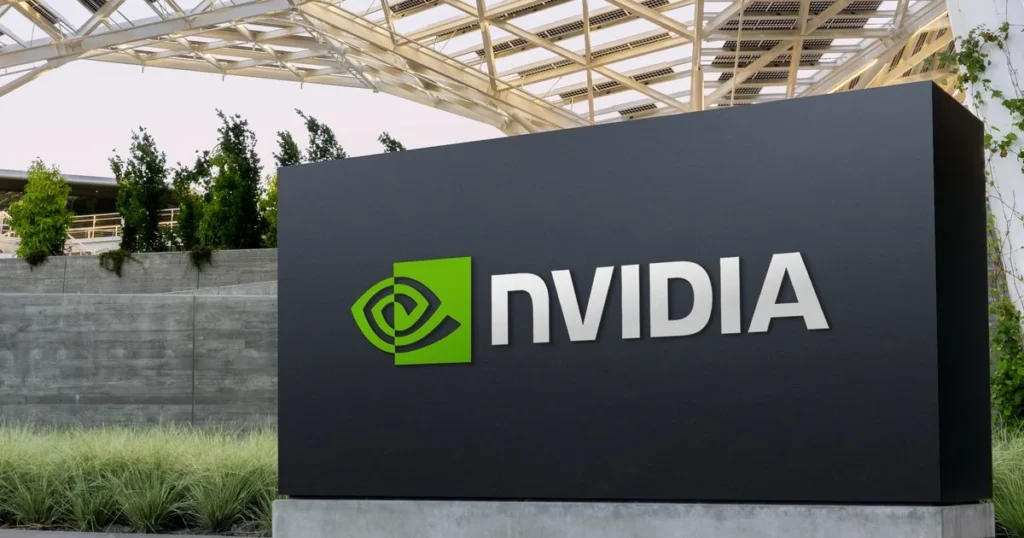quickutilities – Nvidia recently announced it has successfully taped out six Rubin architecture chips at TSMC. This marks a significant evolution beyond typical GPU updates, representing a comprehensive platform overhaul. Rather than focusing solely on GPU improvements, Rubin spans CPUs, various GPU models, networking silicon, and silicon photonics designed for rack-scale optical connectivity.
Read More : Elon Musk’s xAI Files Suit Over Grok Prompt Limits
CEO Jensen Huang revealed this news during his visit to Taiwan, emphasizing the company’s shift towards a holistic computing solution. The Rubin platform integrates multiple components, including a scaled-up NVLink switch and a silicon-photonics processor, all built to meet the escalating demands of AI workloads in large data centers.
One of the most notable innovations in Rubin is the implementation of chiplet technology for the first time. This approach allows Nvidia to use TSMC’s cutting-edge 3nm N3P process node combined with CoWoS-L packaging. Additionally, the architecture features a larger 4x reticle design, expanding on the current Blackwell GPU’s 3.3x reticle size. This size increase supports higher transistor counts and improved performance scalability.
The Rubin R100 GPUs will also adopt next-generation HBM4 memory stacks. Nvidia has customized the base dies to support greater bandwidth and power delivery, outpacing today’s HBM3E technology. This memory upgrade is crucial for handling the massive data throughput required by modern AI models.
Early testing is underway to evaluate thermal performance, power consumption, and interconnect efficiency. Nvidia aims to validate that the platform can sustain demanding workloads efficiently without overheating or excessive power use. Rubin is poised to deliver a generational leap in computational capabilities, comparable to the impact of Nvidia’s previous Hopper architecture.
Overall, Rubin reflects Nvidia’s ambition to build an all-encompassing platform designed specifically for the next era of AI and data center challenges.
Rubin Launch Timeline and Strategic Impact on AI Infrastructure
Nvidia plans to launch the Rubin family of chips around 2026, with Rubin Ultra expected the following year. The timeline depends heavily on TSMC’s production capacity and readiness to support such advanced semiconductor manufacturing.
The Rubin platform’s broad scope, covering CPUs, GPUs, networking, and silicon photonics, means Nvidia is not only improving raw compute power but also enhancing system-level integration. This is critical for data centers that require efficient, high-bandwidth communication between components to optimize AI model training and inference.
By updating its software tools in parallel, Nvidia ensures developers can immediately leverage Rubin’s new features and architecture enhancements. This readiness will accelerate adoption and maximize the platform’s impact once it arrives in the market.
Read More : NVIDIA Unveils Next-Gen ‘Robot Brain’ for AI Systems
During his Taiwan trip, Jensen Huang acknowledged TSMC’s vital role in Rubin’s development. Collaboration with TSMC allows Nvidia to push the boundaries of semiconductor technology and meet aggressive performance targets.
Rubin’s combination of chiplet design, 3nm fabrication, advanced memory, and networking innovations sets it apart from previous generations. The architecture is expected to power next-generation AI applications and data center workloads more efficiently than ever before.
Looking ahead, Rubin’s success will influence how large-scale AI infrastructure evolves, driving faster training cycles and more complex models. With Rubin’s tape-out complete and early validation in progress, Nvidia is on track to maintain its leadership in AI hardware innovation for years to come.


